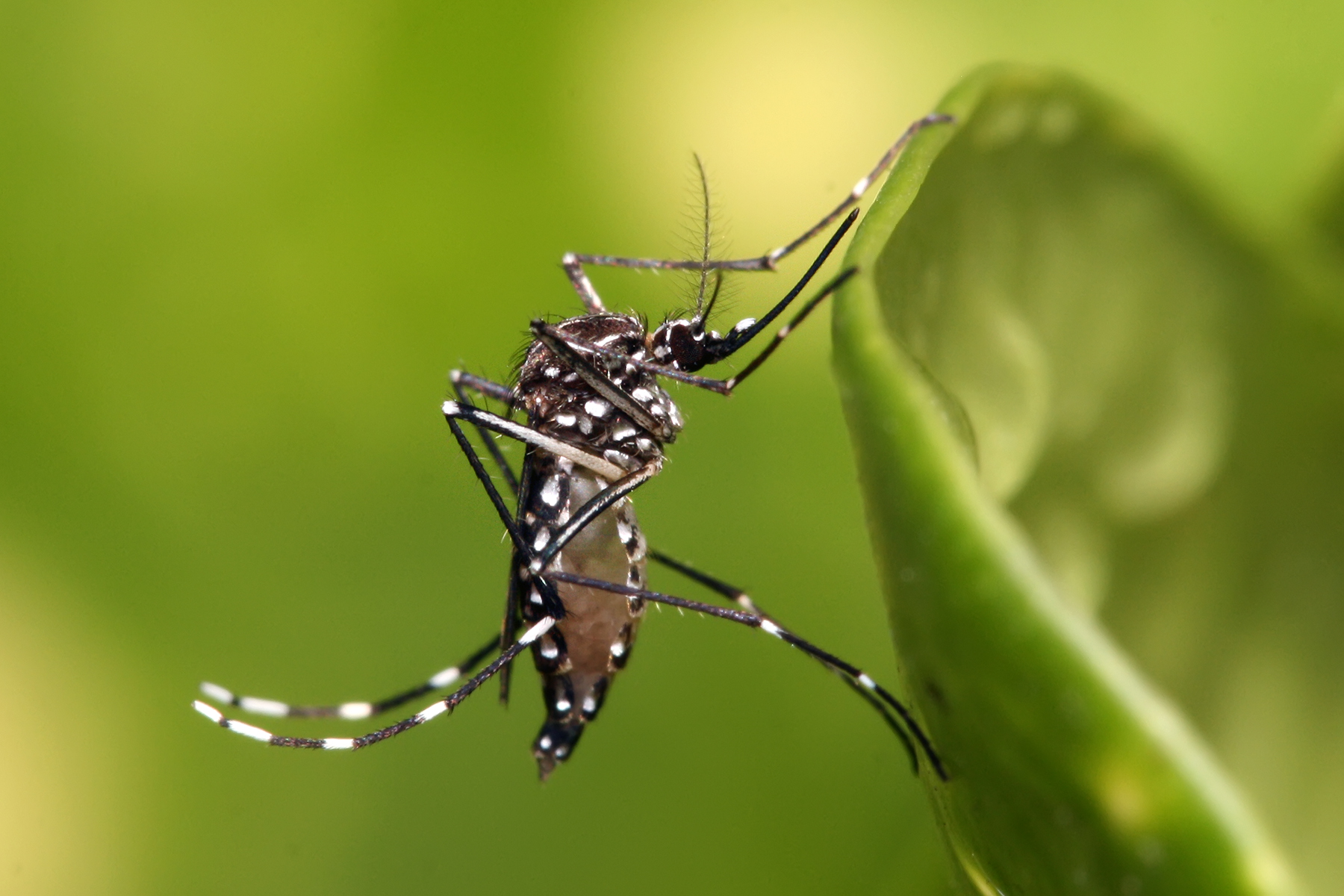Citation style for this article: Oehler E, Fournier E, Leparc-Goffart I, Larre P, Cubizolle S, Sookhareea C, Lastère S, Ghawche F. Increase in cases of Guillain-Barré syndrome during a Chikungunya outbreak, French Polynesia, 2014 to 2015. Euro Surveill. 2015;20(48):pii=30079. DOI: http://dx.doi.org/10.2807/1560-7917.ES.2015.20.48.30079
Archive for the ‘Chikungunya’ Category
Hawaii mobilizes to prevent mosquito borne illnesses
Tuesday, February 16th, 2016Governor’s Office News Release: State mobilizes to prevent mosquito borne illnesses
HONOLULU – Gov. David Ige signed an emergency proclamation Friday, as a preventive measure against mosquito borne illnesses that include dengue fever and Zika. This follows the recent decision by the Centers for Disease Control and Prevention (CDC) to open its emergency operations center at Level 1 to prepare for and mitigate the Zika risk.
“There have been no locally acquired Zika cases in the U.S. or Hawai‘i, and we’d like to keep it that way. This is about getting in front of the situation across the state. I will be coordinating planning efforts with the Hawai‘i Emergency Management Agency, all county mayors and Civil Defense coordinators,” said Gov. Ige.
On Hawai‘i Island, dengue fever cases continue to be fewer and farther between. However, the battle is not over and state continues to focus resources to break the cycle of dengue fever infection and transmission.
The emergency proclamation will give the state access to the Major Disaster Fund, the option of waiving certain laws and regulations to expedite the outbreak response if and when needed, as well as pave the way for federal assistance should the state exhaust its resources.
The state previously released the State Health Department from a 5 percent budget restriction ($250,000) to fund costs incurred while responding to the onset of the dengue outbreak.
The state is also releasing the Health Department from another 5 percent restriction ($250,000) to fund eight vector control positions, one entomologist and one communications position.
The emergency proclamation can be found here.
###
Media Contacts:
Jodi Leong
Deputy Communications Director/Press Secretary
Office of the Governor
Office: 808-586-0043
Mobile: 808-798-3929
jodi.c.leong@hawaii.gov
Cindy McMillan
Communications Director
Office of the Governor
Office: 808-586-0012
Mobile: 808-265-7974
cindy.mcmillan@hawaii.gov
PAHO: In the Americas—chikungunya—continues its steady increase, with 3,083 new cases reported last week.
Thursday, January 28th, 2016PAHO: 7,500 new chikungunya cases in the Americas
Wednesday, January 20th, 2016Honduras had the most new cases—3,366—bringing it to 85,374 for 2015-16.
Brazil was second, with 2,593 new cases and 18,243 total.
Colombia had the third highest increase, with 914 new cases and 359,281 total.

The Pan American Health Organization (PAHO): 41,815 new chikungunya cases in the Americas and Caribbean late last week
Tuesday, January 12th, 20162 types of non-native mosquitoes (Aedes Aegypti and Aedes Albopictus) that can transmit potentially fatal diseases have spread throughout California.
Saturday, January 2nd, 2016
** “….First found in California in 2013, Aedes Aegypti and Aedes Albopictus have roughly tripled in number around the state during the past several seasons. They’re now found in 82 cities, including Escondido, Los Angeles, Fresno and parts of the Bay Area. At the beginning of this year, the count was 28 cities….”
** “…So far, California has seen no locally acquired cases of disease spread by these mosquitoes, which include dengue fever, yellow fever and Chikungunya……”
PAHO: Cases of chikungunya in the Americas and Caribbean rose by only 1,191 last week, marking the second straight week of low numbers and bringing the outbreak total to 1,790,681.
Tuesday, December 22nd, 2015PAHO: Regions in the Americas and Caribbean reported 17,398 recent cases of chikungunya, bringing the outbreak total to 1,788,058.
Tuesday, December 8th, 2015Guillain-Barré syndrome during a Chikungunya outbreak
Monday, December 7th, 2015Eurosurveillance, Volume 20, Issue 48, 03 December 2015
CHIKV is a significant cause of CNS disease
Monday, November 30th, 2015** Between September 2005 and June 2006, 57 patients were diagnosed with CHIKV-associated CNS disease, including 24 with CHIKV-associated encephalitis, the latter corresponding to a CIR (cumulative incidence rate ) of 8.6 per 100,000 persons.
** Patients with encephalitis were observed at both extremes of age categories.
** 187/100 000 (cumulative incidence rate ) in patients under 1 year of age
** 37/100 000 (cumulative incidence rate ) in patients over 65 years of age
** The case-fatality rate of CHIKV-associated encephalitis was 16.6%
** The proportion of children discharged with persistent disabilities estimated between 30% and 45%.
** Beyond the neonatal period, the clinical presentation and outcomes were less severe in infants than in adults.
New Chikungunya Research: Encephalitis had been diagnosed in 8.6 per 100,000 people in Reunion (2005-6)
Saturday, November 28th, 2015** PAHO: In the western hemisphere, more than 600,000 cases have been reported so far this year, with 76 deaths
** In 2013 and 2014 more than 1.1 million cases were reported and it killed 194 people.




